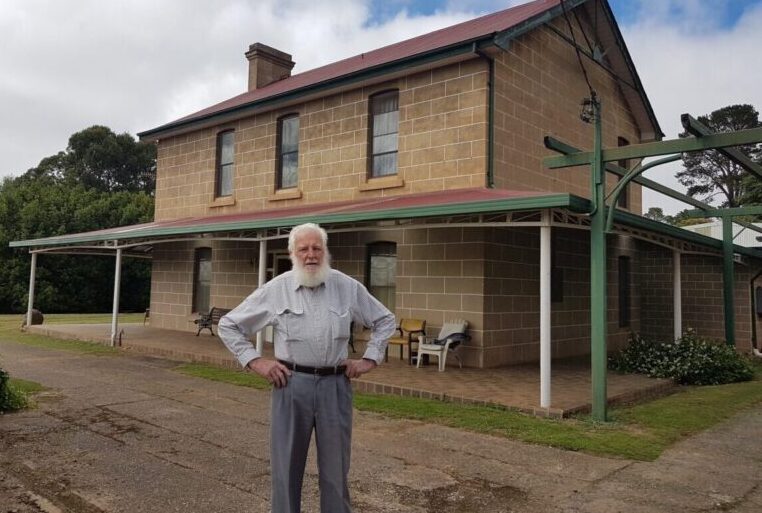Last August we published separate photographs of two Donegal men working in rural Australia almost 60 years previous.
The black and white images of a bearded Paddy Kerrigan, from Bundoran, and a Harry McCafferty had appeared a week earlier on the National Archives of Australia website.
At the time, we knew nothing other than Paddy was from the popular seaside town and that Harry hailed from ‘County Donegal.’
However, since then, both families have got in touch.
Thanks to his daughter Danielle, we bring you the remarkable story today of Mr Kerrigan who, we are happy to say, is very alive and well and the ripe young age of 92!
Born in 1930 at St Patrick’s Terrace, Bundoran, to John and Kathleen Kerrigan (nee Clarke from Leitrim), Paddy had two older siblings Mary (Mae) and John (Jack), both of whom have since passed away.
Before leaving Ireland, he served his apprenticeship as a carpenter.
He then went on to build houses in Ireland, England and Scotland before heading for ‘The Land Down Under’ in early 1953.
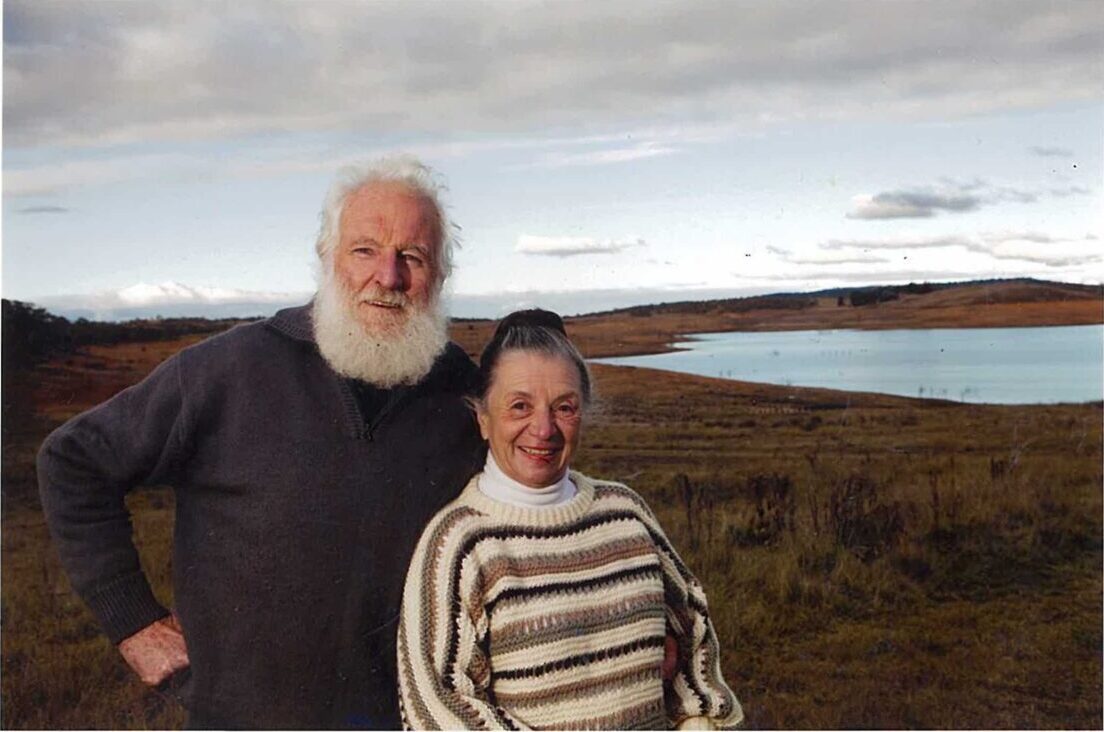
Paddy and his wife, Jan, pictured recently.
“I moved to Australia because my next-door neighbour and lifelong friend, Seamus O’Kane, had received a lot of information regarding the Snowy Mountains Hydro Electricity 25-year Scheme and the employment prospects,” Paddy told Donegal Daily this week.
“Seamus arrived ahead of me in 1951 and I followed in 1953 where he had a job for me on the scheme.”
Joe O’Kane, Seamus’ brother, emigrated there in 1955 and finally, in 1957, the rest of the O’Kane’s arrived in Sydney.
“They were James, wife Mammie and daughter Anne, so we had a Bundoran community here in Sydney.”
Paddy worked on the Snowy Scheme, halfway between Sydney and Melbourne, on and off for over a period of five years.
“I then took the opportunity to have a good look around Australia, visiting and working in different places. During this time, I travelled by car with various mates to Queensland, the Northern Territory, Western Australia, South Australia, Victoria and Tasmania.”
Afterwards, he returned to Sydney where he built houses, apartments and yachts.
“I returned to the Snowy where I worked until 1959 on the job building the Tumut (T1) Power station. During this time, I also built a small yacht to sail on Three Mile Dam and Lake Eucumbene, which was beginning to fill.”
After the T1 power station had been completed, he took up residence in the deserted town of Adaminaby (Now Old Adaminaby).
“I built a boat building shed and built a fleet of fishing boats to hire out to people keen to catch a large Eucumbene trout,” he continues.
At that time, Lake Eucumbene was recognised as one of the best trout fishing resorts in the world.
In his spare time, the entrepreneurial Paddy built some 22-foot yachts which he transported to Sydney and subsequently sold.
In the new town of Adaminaby (relocated 7kms away) he renewed his partnership with Seamus O’Kane, his neighbour from home.
“Seamus owned a block of land. We built the Tanderra Motel, which Seamus ran very successfully, with the result we then bought the other new larger motel so we could cater for coach parties of tourists visiting the very popular Snowy Scheme and also cater for the trout fishing groups,” he explained.
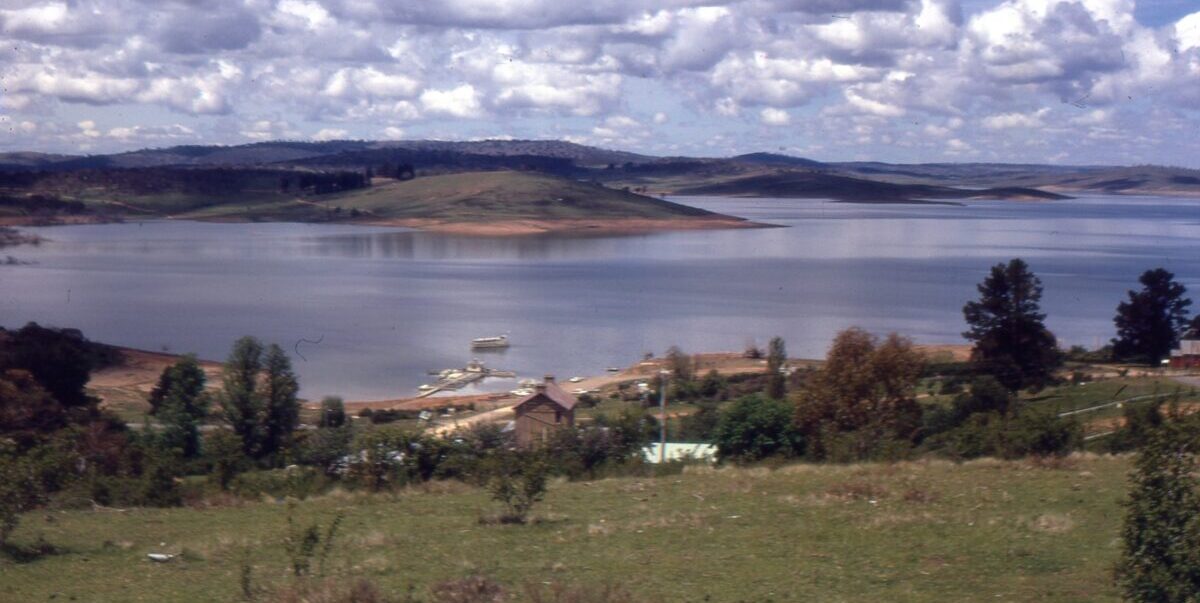
Lake Eucumbene, with Paddy’s famous house in the foreground.
Paddy also had several passenger launches on Lake Eucumbene, taking coach loads of tourists for lake cruises, visiting islands formed on the lake and feeding the emus and kangaroos that the Snowy Mountains Authority (SMA) had placed there.
During the cruises, he gave the tourists a commentary on the lake and its purpose as the main water storage for the Snowy Scheme.
To moor the boats, he also had to build a large floating marina and breakwater that had to be constantly moved, as the lake levels fluctuated.
In addition, he built a very large underwater observatory (below) so passengers could actually see the foundations of most of the buildings inundated by the lake, and also, of course, the famous lake Eucumbene trout.
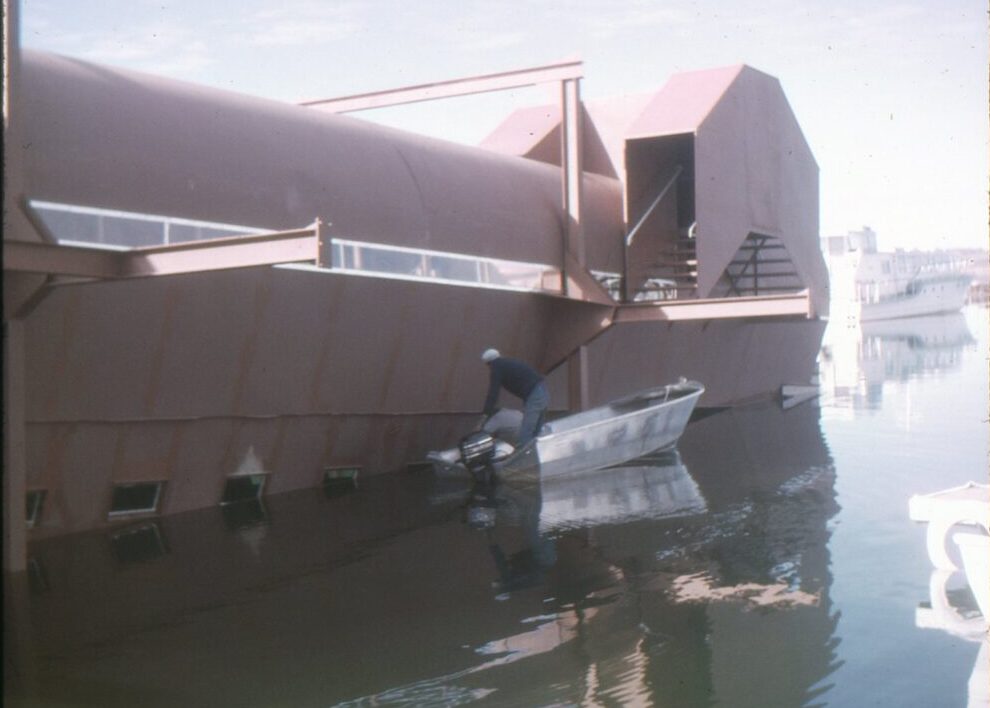
The underwater observatory built by Paddy.
Paddy also told us a remarkable story about the house in the background of the photo (below) that was taken in 1961.
The large three-story double brick building was erected for a Mrs Thorpe as an ‘accommodation house’ during 1899.
It was nine feet below top water level of the lake, was vacated and very badly vandalised and was possibly due to be demolished.
“Because it very much resembled our home in Bundoran, that my mother ran as a boarding house during summer months, I felt it would be such a shame to see it destroyed,” he said.
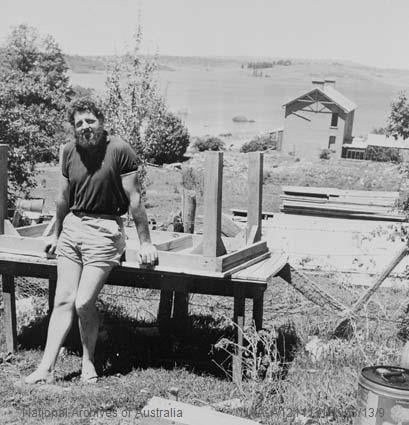
Paddy Kerrigan with his famous house near his boatshed in the ghost town of Adaminaby. Pic: National Archives of Australia.
“So, I decided to see if I could possibly move it up above top water level. I pondered over this for a period of time and came to the conclusion that, if I would leave the ground floor of the house where it stood and move the top two floors only, then I would only have to move it uphill less than fifty yards or so.
“I estimated the weight of the top two stories to be at least 187 tonnes, so a maximum of 200 tonnes to include the heavy steel cradle that I would have to fabricate to support it during the move.”
All the ‘experts’ reckoned it was impossible to achieve. And, in one notable incident, a prominent American engineer, who requested to come and see this, commented “It will fall down around the goddamn f…..s ears.”
Needless to say, Paddy successfully moved the house.
“The whole job from go to woe was accomplished in seven weeks by just two men, Vince Martin and myself,” he told us proudly.
“I restored it to its former condition and have lived in it ever since.”
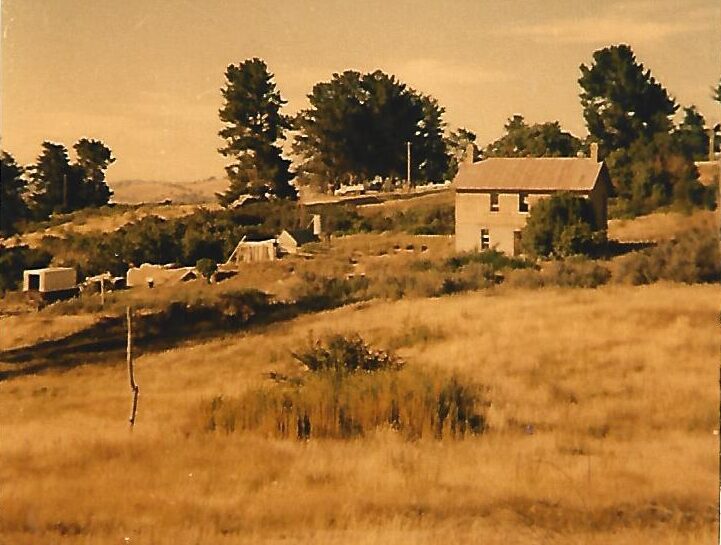
An earlier image of Paddy’s ‘mobile home’
Another one of his many accomplishments also comes to mind. During 1998, the SMA was preparing to hold a huge celebration on completion of the 25 years of the scheme.
“Seamus O’Kane contacted me to say we should do something about commemorating all the Irish lads who died during the construction, with some sort of monument,” he said.
“We formed a committee of the five of the lads – Seamus O’Kane and myself (Bundoran), Arthur Costello and Joe Gordon (Port Arlington) and Jack Rooney (Drogheda).
They decided that, in order to prevent any vandals spray painting or graffitiing, the safest place to erect it would be at the Catholic church grounds in Cooma.
The original idea was a polished granite rock with a plaque.
“However, when we approached the resident priest Father Buckley (of Irish descent), he said ‘Yes definitely, but on one condition, no bloody smooth polished boulder would be worthy to represent the Irish. The rougher the boulder the better’.
“He would have to give his approval on sighting the boulder, so I decided to carry out Father Buckley’s wishes.”
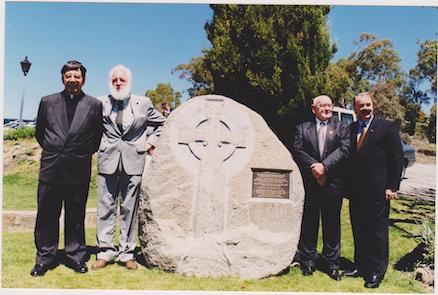
Paddy and Seamus O’Kane at the unveiling of the memorial in 1997.
Paddy recalls another twist to this remarkable story, forewarning, “You won’t believe this!”
Back in 1860, there were two Donegal brothers by the name of Mackay who came to the nearby Gold Fields.
They ‘did well’ and one of them, Sam Mackay, ended up owning a lot of land at Frying Pan Creek (near Cooma).
Barry Mackay was the then owner of Frying Pan Creek, whom Paddy knew very well.
“So, I rang Barry to ask if it would be ok to come on to his property in search of a suitable boulder.
“He said he would be delighted if I did. I found an ideal one nearly five feet high and five feet wide, it weighed approximately three tonnes. I got Father Buckley out to check, he approved, so I got to work on it as you can see from the photo.”
The next job was to work out the wording to appear on the plaque. As well as commemorating the Irish lads killed during the scheme, the committee decided to include all Irish that made this their home for the last one hundred and fifty years or so, including all the nuns and priests.
“We wanted to include everyone, and I hope the plaque covers all,” he said.
Paddy also took the opportunity to mention that some of the Irish lads, in conjunction with the then earlier Irish Cooma Parish Priest, Father Ryan, organised a section of the Cooma cemetery where most of the Irish lads lie side by side.
This was referred to as the ‘Irish block’ during the first Snowy scheme days.
Paddy told us he is still in touch with happenings back home. He is in regular contact with his cousin, Betty McGloin, in Newtown, Bundoran, and with her sister’s family (Mary Keenan now deceased), as well as Betty’s deceased brother’s widow and family.
His late brother Jack’s widow, Rosemary, lives in Dromahair, County Leitrim, and another cousin, Laurence Connelly, who sent him our original article, lives in Castlederg, County Tyrone.
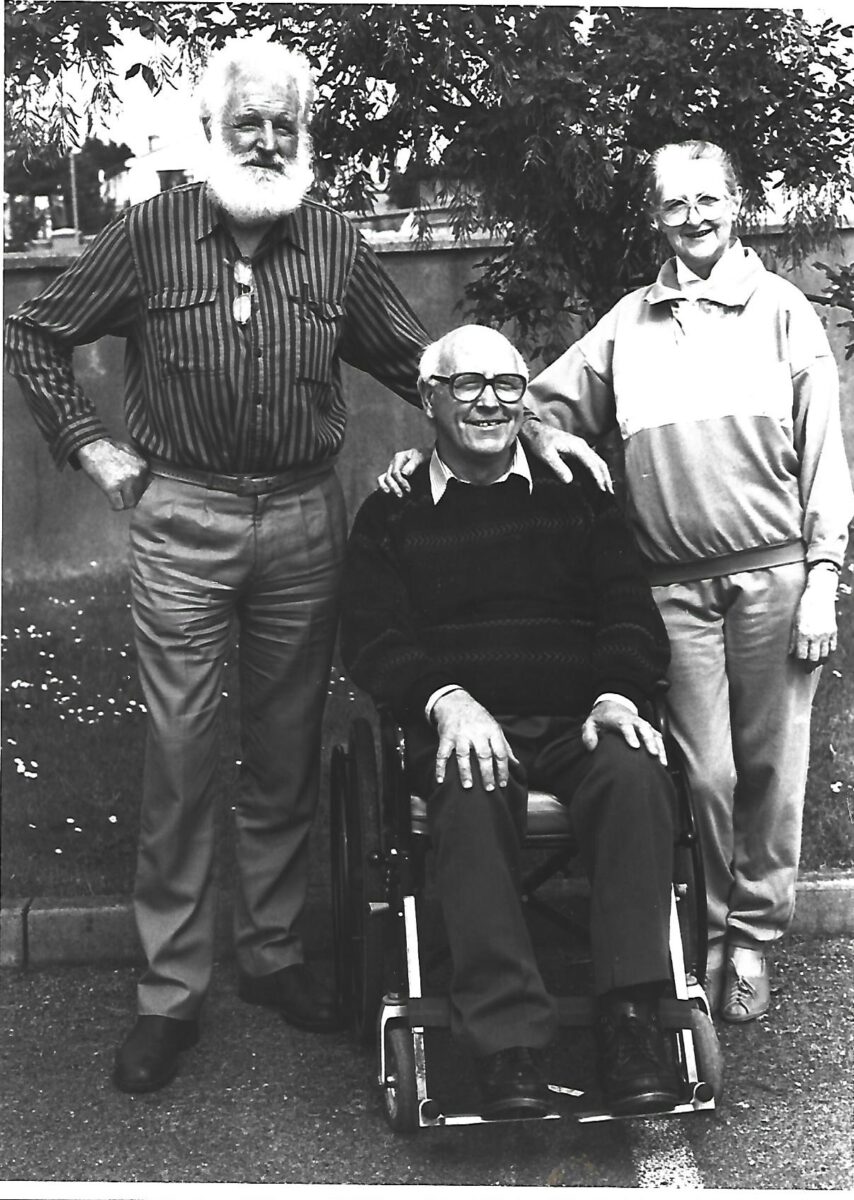
Paddy with his brother Jack and sister Mae during a visit home in July 1993.
“The last time I visited Donegal was for three months during 1993. My sister Mae and brother Jack were still alive as were all our cousins. We caught up with all our relations.”
Paddy told us he has ‘long since retired’ and all the items that he had constructed have been bought and sold several times.
“Nothing remains of our earlier operations on Lake Eucumbene. The level of the Lake is operated at a much lower level now and has been down as low as just ten percent. It is now at around fifty percent capacity,” he said.
Paddy married his sweetheart, Jan, in Canberra in 1964. They have six children – three girls and three boys. They are John, Danielle, Craig, Michael, Kate and Anna.
They also have six grandchildren and two great-grandchildren.
“Jan and I still live in Old Adaminaby on Lake Eucumbene. The kids are in different areas of Australia. One in Perth, one in Adelaide, one in Canberra, one in Griffith and two in Sydney,” he concluded.
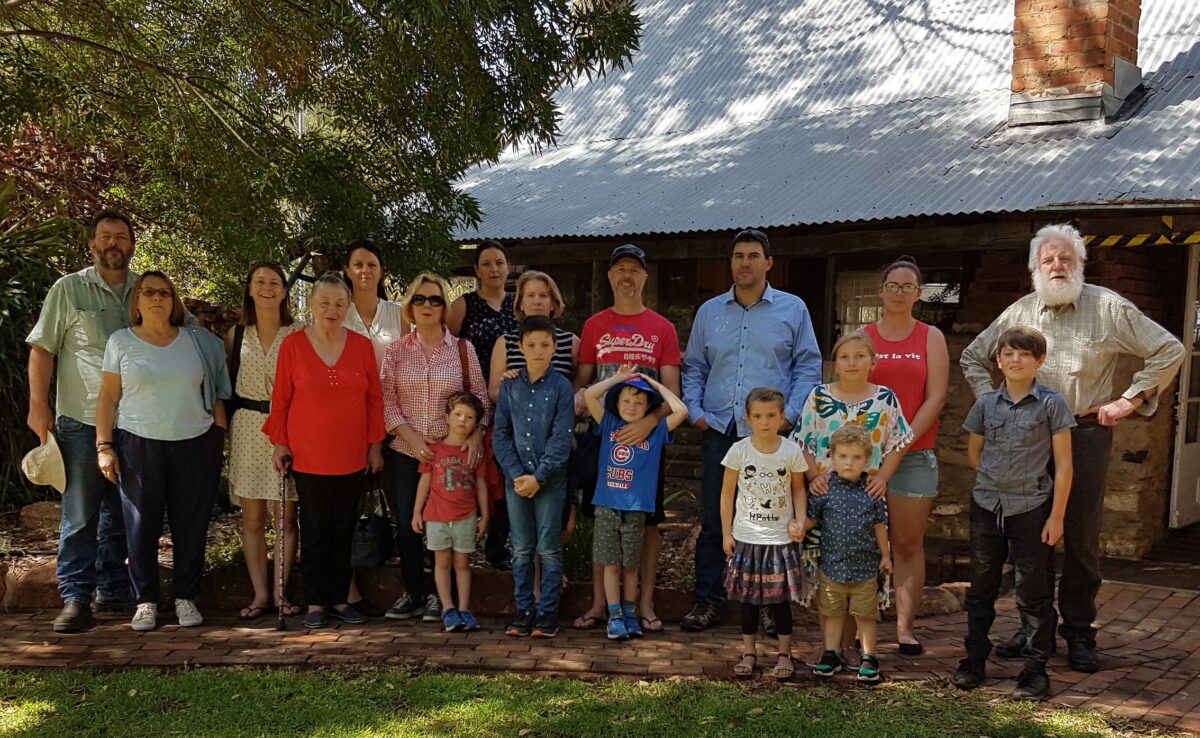
Paddy and Jan Kerrigan with their children, grandchildren and great grandchildren.
Tags:








